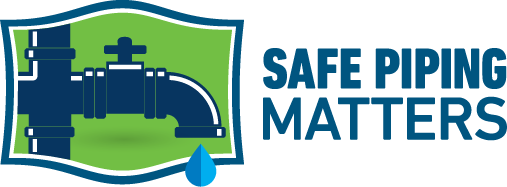Plumbing Sustainability Scorecard, Part 1: Leaching
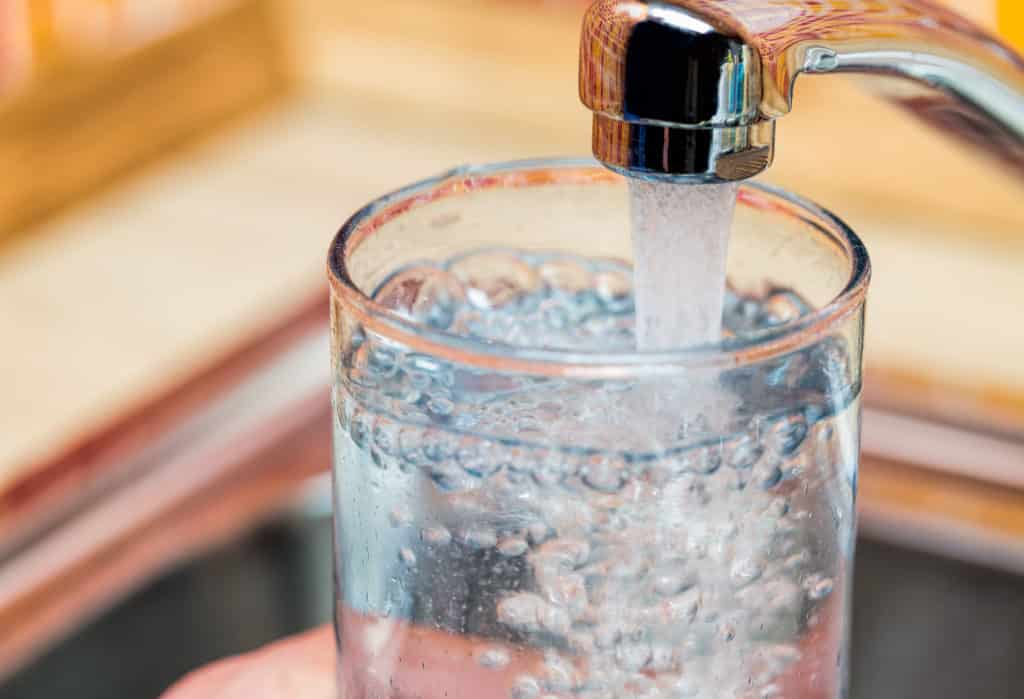
Leaching stands at a critical intersection of health, materials science, & sustainability. It must be a central consideration in selecting plumbing materials. This scorecard ranks common pipe types on the amount, toxicity, & regulatory uncertainty of chemicals leached into drinking water.
Leaching of Microplastics & Chemicals from PEX Pipes

PEX and other plastic piping systems leach plastic particles & chemicals, posing significant concerns for drinking water quality. Until we have more studies and better oversight, architects and others must weigh risks to occupants.
EPA Targets Toxic Chemical in PVC Pipes

EPA Targets Toxic Chemical in PVC Pipes The U.S. Environmental Protection Agency (EPA) has issued a ruling targeting diisononyl phthalate (DINP), a chemical widely used as a plasticizer in products like polyvinyl chloride (PVC) pipes. This decision should change how materials used in plumbing systems are regulated, with significant implications for health, environmental safety, and construction practices. […]
Webinar: Material Considerations for Plumbing
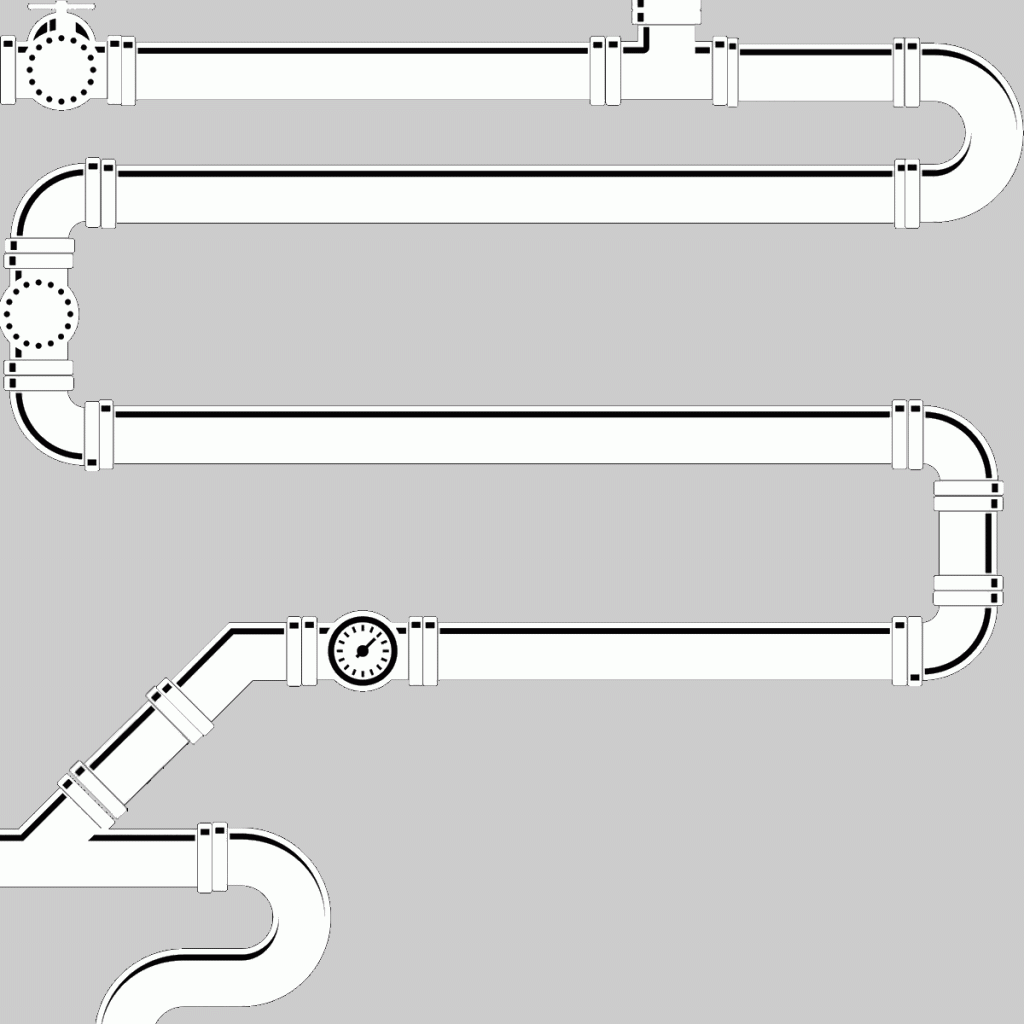
Based on the findings from our Plumbing Specification Guide, this AIA course explains how the characteristics of materials used for drinking water, wastewater, and fire-suppression systems impact the health, safety, and sustainability of buildings. eligible for HSW credit.
Red Hill Update: Questions Remain

Recent contamination of water systems by jet fuel leaking from the Navy’s Red Hill fuel storage facility in Hawaii illustrates again the importance of safe drinking water and of the piping that delivers it.
Many questions remain about this incident, including one that has been largely ignored to date: How will the Navy and local officials repair or replace pipes impacted by chemicals released into the system?
Red Hill Water Contamination: Piping Issues for Victims
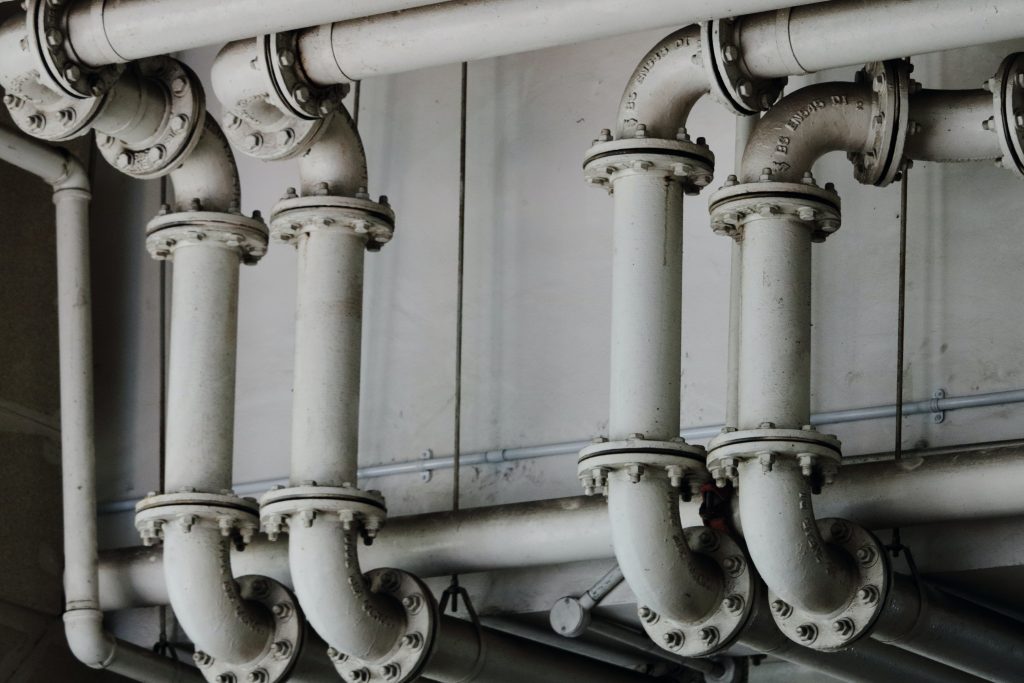
Fuel from the Red Hill Naval facility on Oahu, Hawaii, leaked into a water system servicing over 90,000 residents in November 2021. As the situation evolves, Safe Piping Matters is sharing developments along with recommendations based on research studies and lessons learned from previous contamination events.
Essentials for Successful Lead Service Line Replacement

Essentials for Successful Lead Service Line Replacement Legacy lead service lines threaten the drinking water of millions, with crises in cities like Flint, Michigan and Newark, New Jersey, standing as examples of the challenges facing local and national leaders. As cities and states begin investing $15 billion earmarked in recent legislation to secure safer drinking […]
Using Proven Materials for Water Systems Part 1: Health & Toxicity
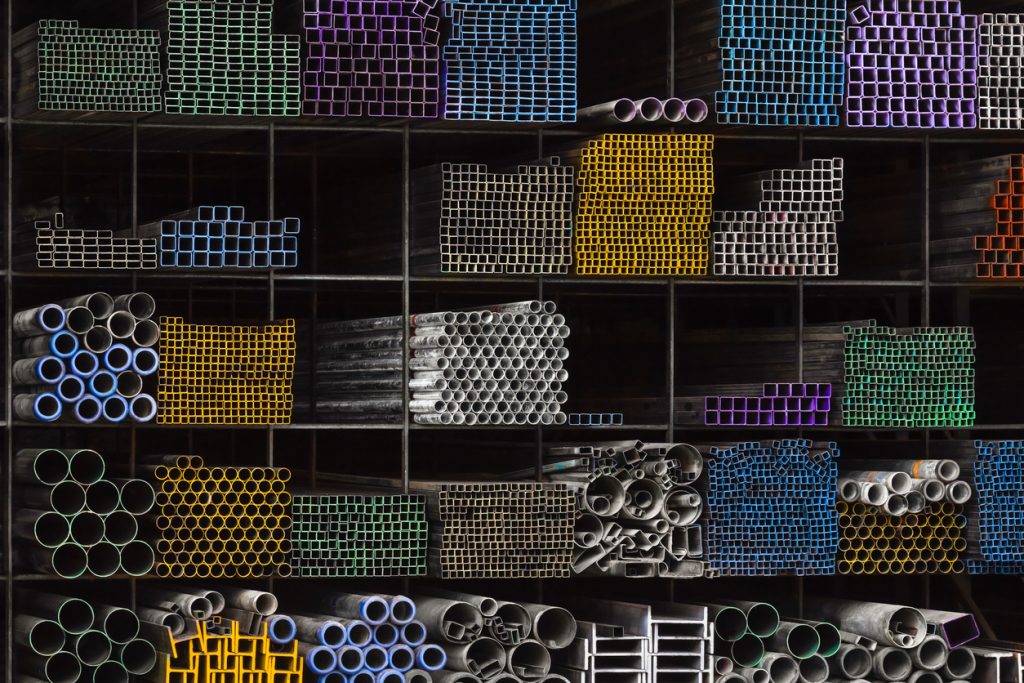
Using Proven Materials for Water Systems Part 1: Health & Toxicity Flint, Michigan may be the first city that comes to mind when you think of the crises that can occur in cities where lead service lines are still prevalent in their water systems. However, Flint is hardly alone in this category. Other cities, such […]
An Algorithm Is Helping a Community Detect Lead Pipes
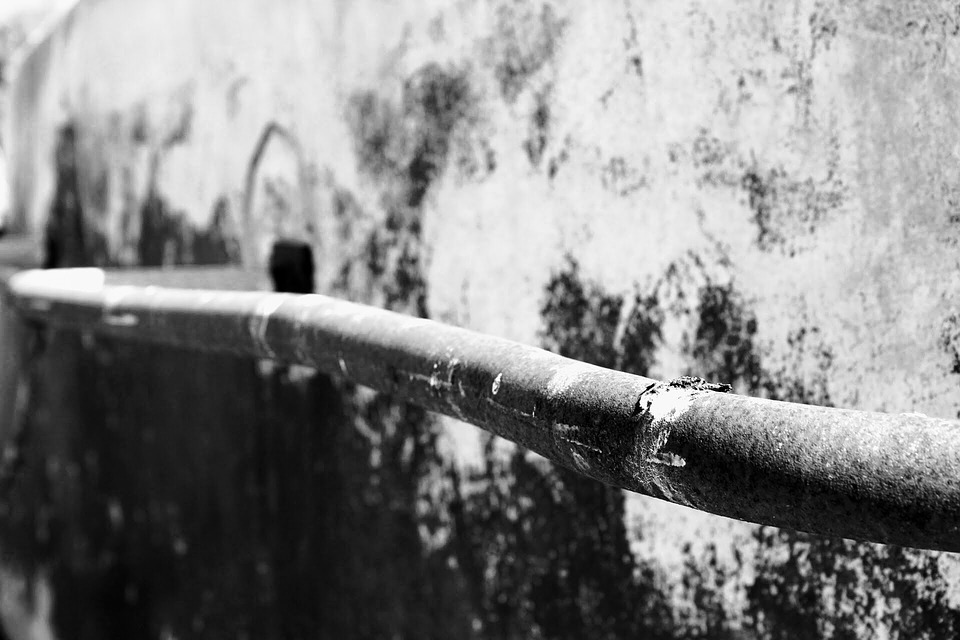
The model had shown promise in Flint before officials rebelled. Now Toledo is using it, while incorporating more public input.
One in Three Children Have Unacceptably High Lead Levels
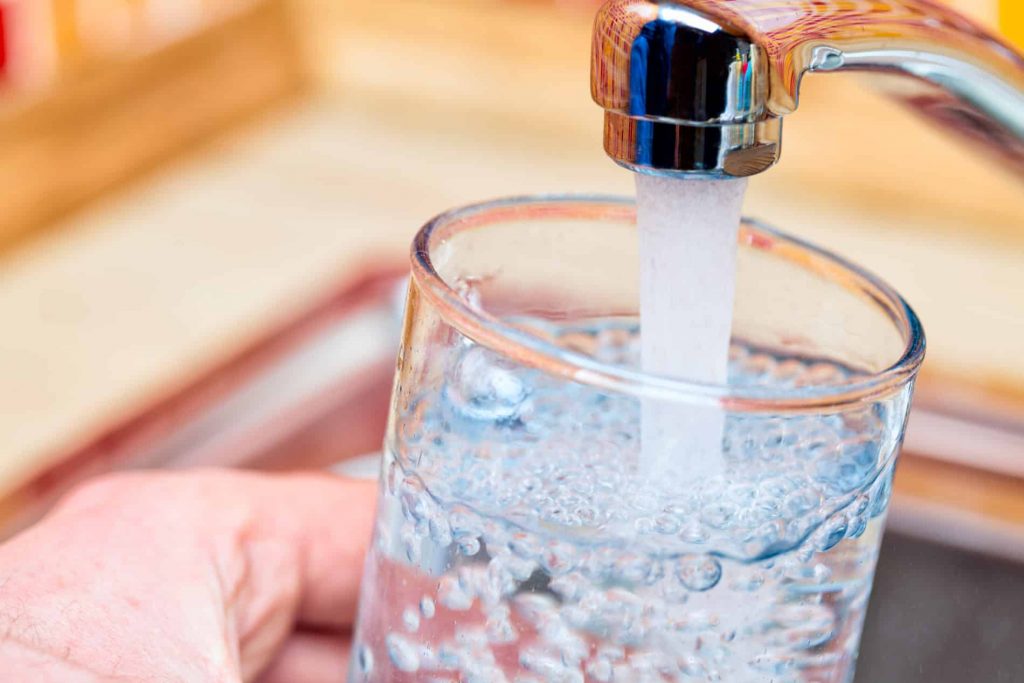
Lead contamination has long been recognized as a health hazard, particularly for the young. But a new study asserts that the extent of the problem is far bigger than previously thought, with one in three children worldwide – about 800 million in all – threatened by unacceptably high lead levels in their body.
